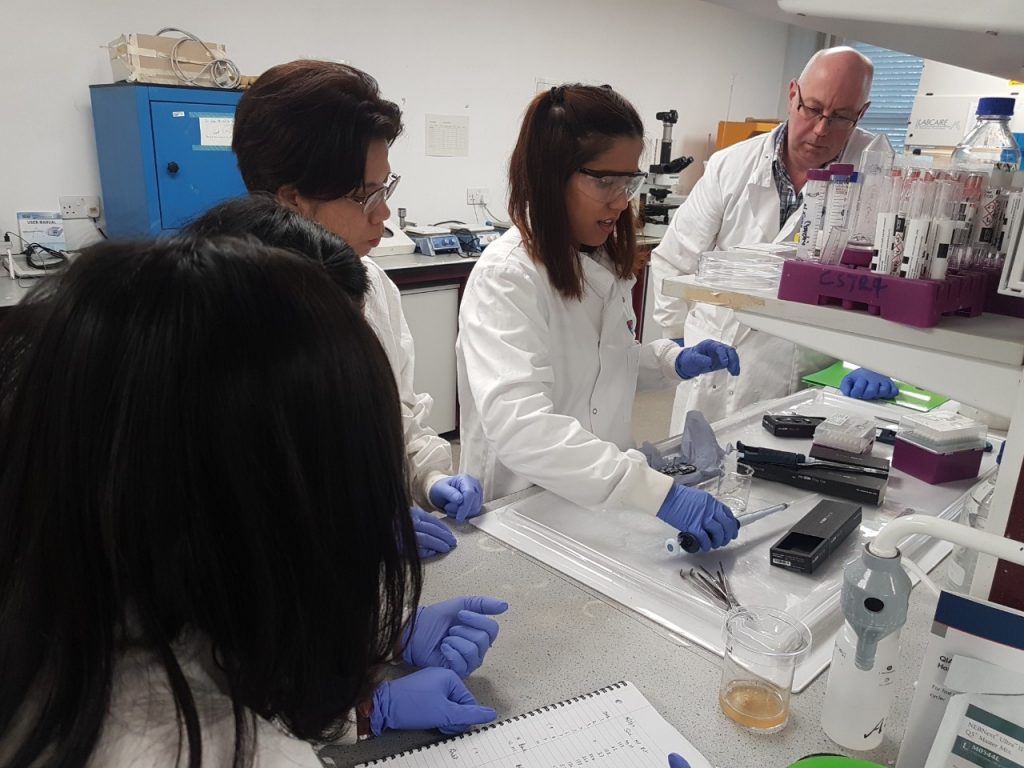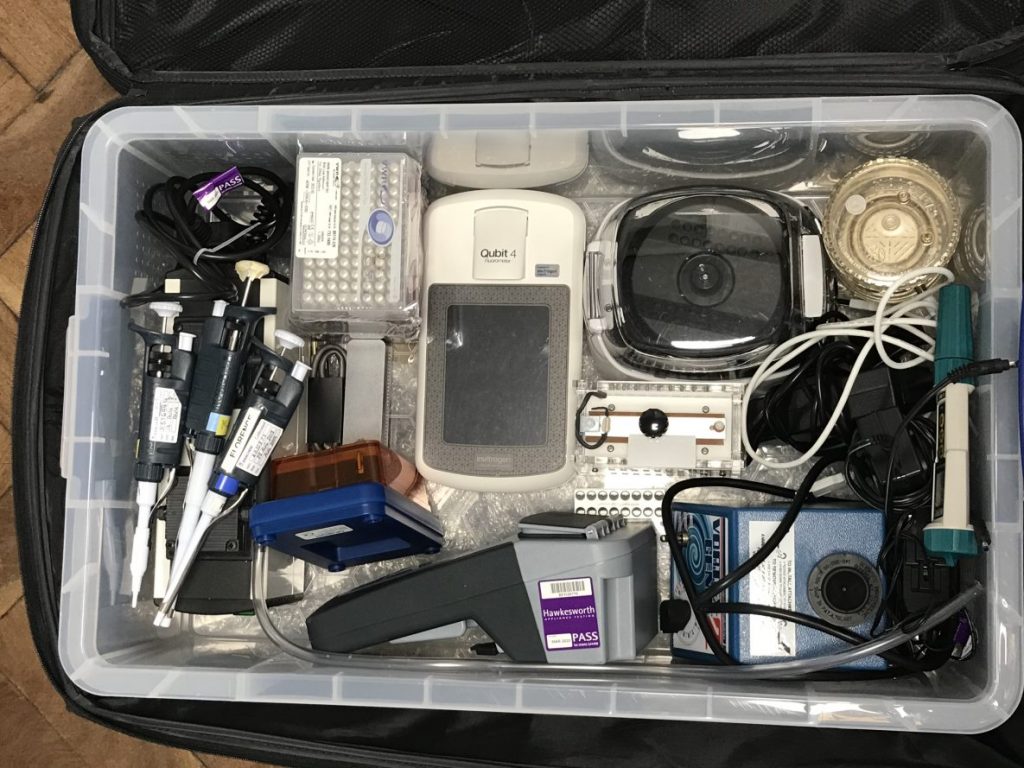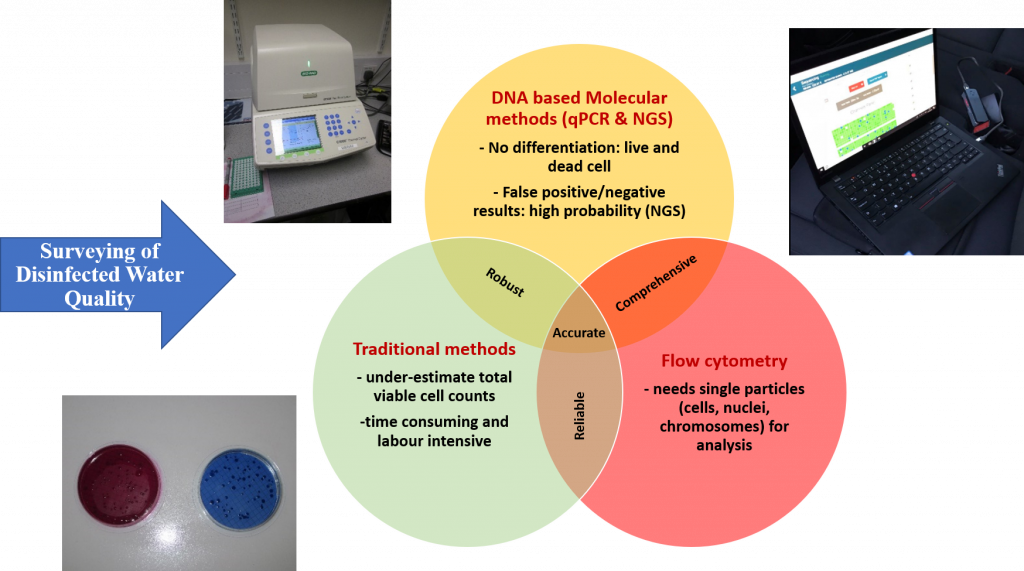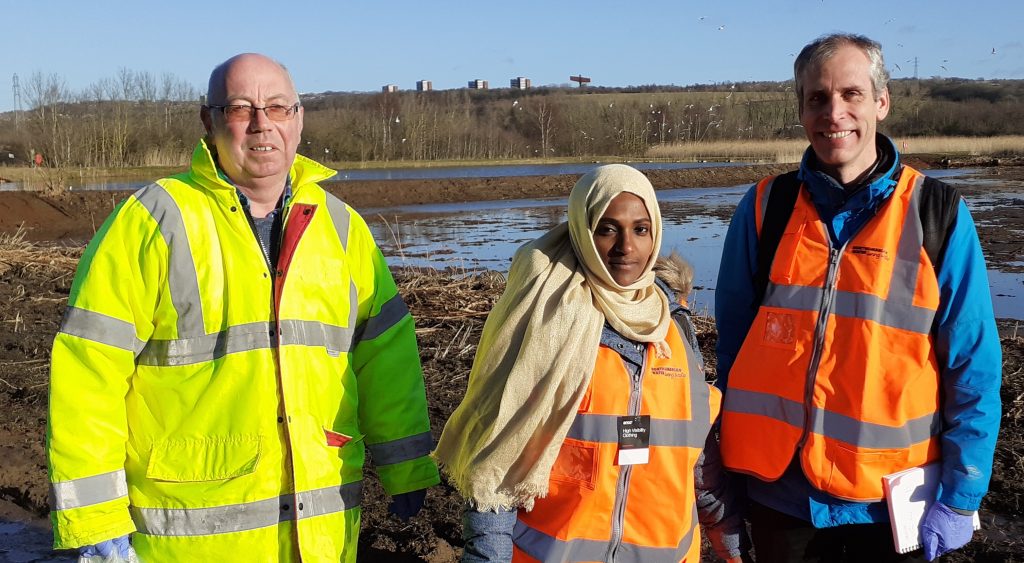Molecular markers link Vibrio cholerae hazards in the Akaki catchment to human sewage pollution. 0.6-20% of fecal coliforms in the rivers of the catchment had ESBL producing antibiotic resistance traits. Hazards were highest in the dry season when river water is used for irrigation. Read our paper in Science of the Total Environment.







